Lost items that were discovered after many years
The world is brimming with tales of lost treasures and found artifacts, each story more intriguing than the last. These discoveries not only captivate our imaginations but also offer glimpses into different eras and cultures.
From priceless paintings to ancient scrolls, the allure of what once was and what is rediscovered continues to fascinate treasure hunters and historians alike. Join us as we delve into the stories of some of the most famous lost and found items throughout history.
The Mystery of the Lost Leonardo: Salvator Mundi
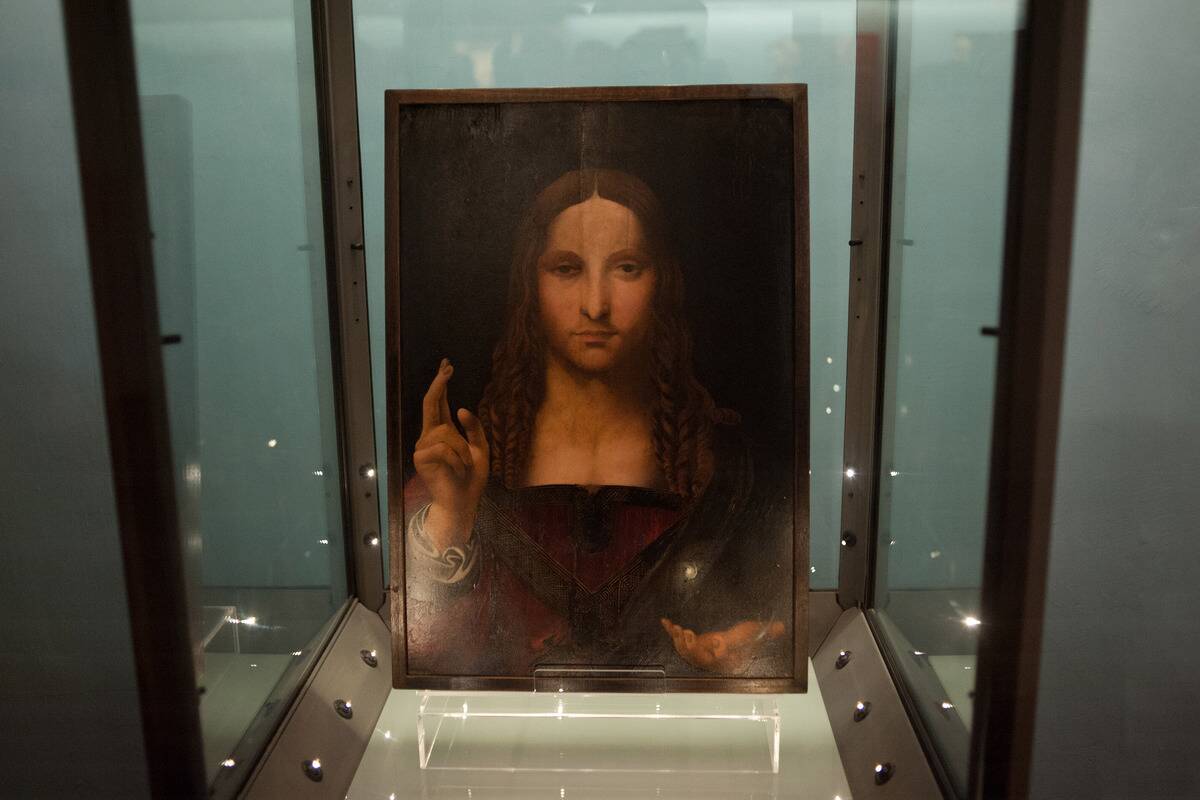
Salvator Mundi, a painting by Leonardo da Vinci, vanished from the public eye for centuries before resurfacing in 2005. Initially thought to be a copy, extensive restoration and research revealed its authenticity.
It became the most expensive painting ever sold, fetching $450.3 million in 2017. The painting’s mysterious journey from royal collection to obscurity and back again fuels ongoing debates about its provenance and the secrets it may still hold.
The Missing Moon Rock: A Space-Age Treasure
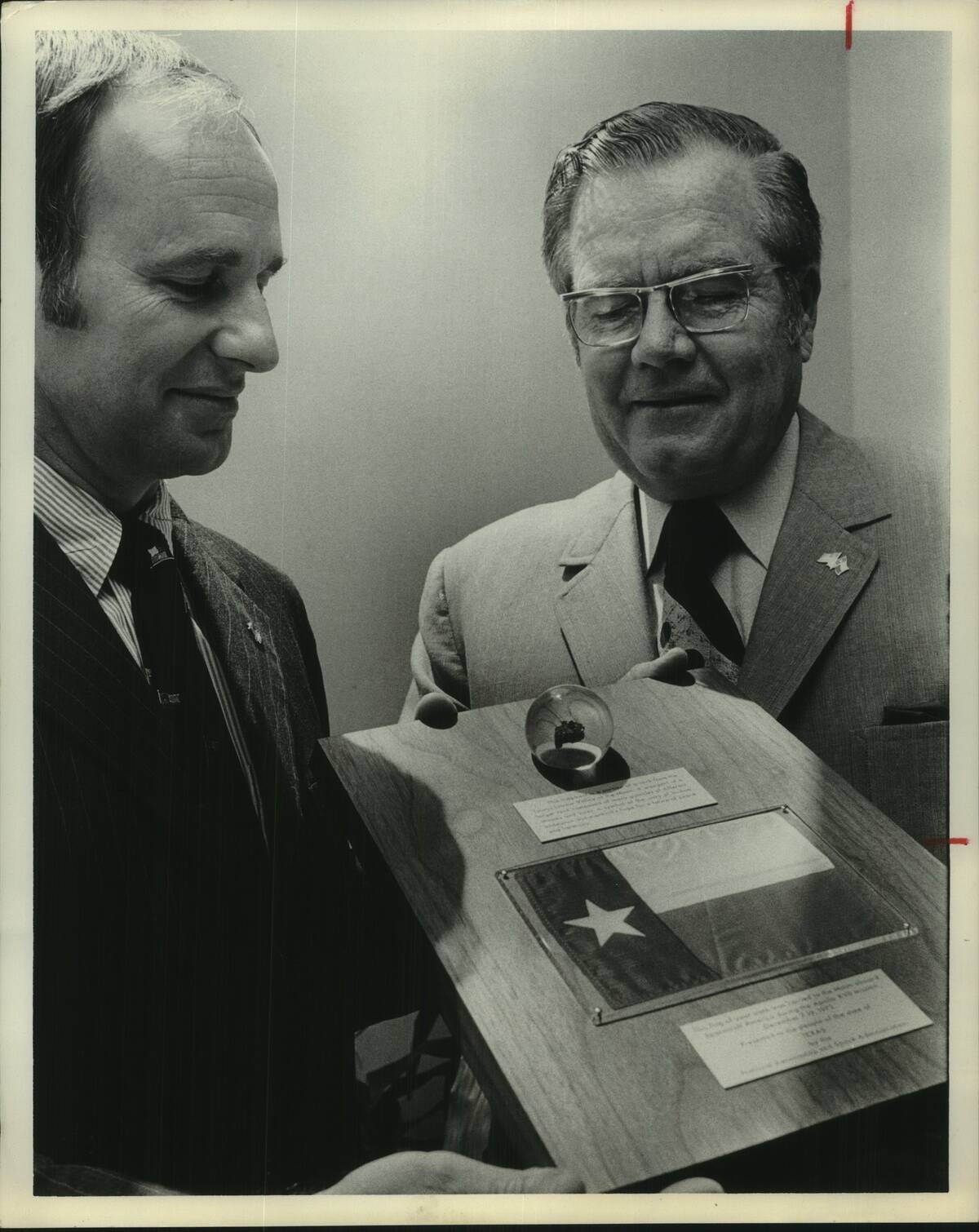
One of the most peculiar lost items is a piece of the moon, gifted by NASA to the governor of each state in the 1970s. Some of the moon rocks have disappeared, including one given to the state of Arkansas.
However, ABC News eventually reported that Arkansas’s moon rock was discovered in the Butler Center for Arkansas Studies after Bill Clinton lost his first re-election for governor of the state about 32 years prior.
The Titanic Violin: Music from the Depths
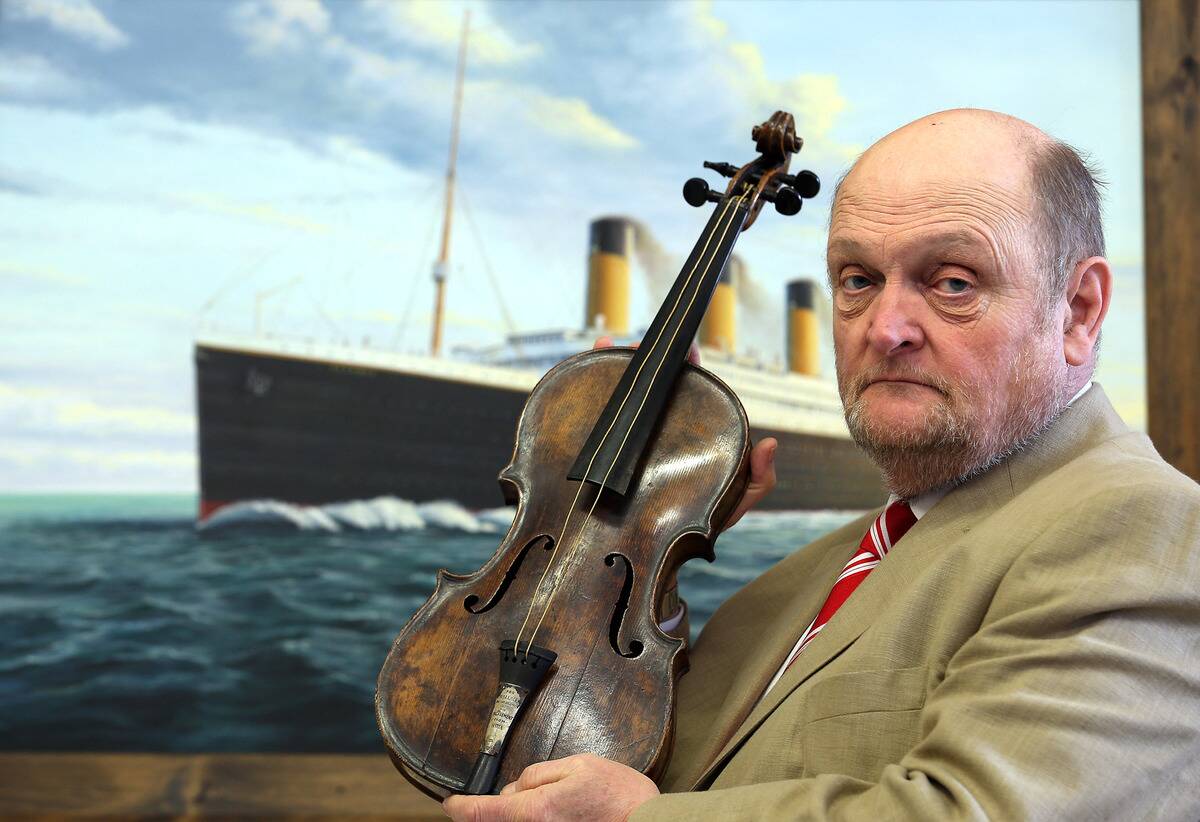
The violin played by bandleader Wallace Hartley as the Titanic sank was lost with the ship in 1912. Miraculously, it was recovered in 2006 and verified by experts as authentic.
Hartley’s violin was auctioned for $1.7 million in 2013, its value increased by the story of bravery and calm it symbolizes. The instrument’s journey from the depths of the ocean to a collector’s showcase is a testament to the enduring power of music and heroism.
The Stolen Stradivarius: The Journey of a Priceless Violin

The 1713 Gibson Stradivarius violin was stolen from renowned violinist Bronislaw Huberman in 1936. It resurfaced 50 years later when the thief confessed on his deathbed.
The violin, valued at millions, was returned to the music world, now played by famed violinist Joshua Bell (pictured). This Stradivarius not only exemplifies exquisite craftsmanship but also tells a story of redemption and the enduring allure of musical excellence.
The Amber Room: A Room of Golden History
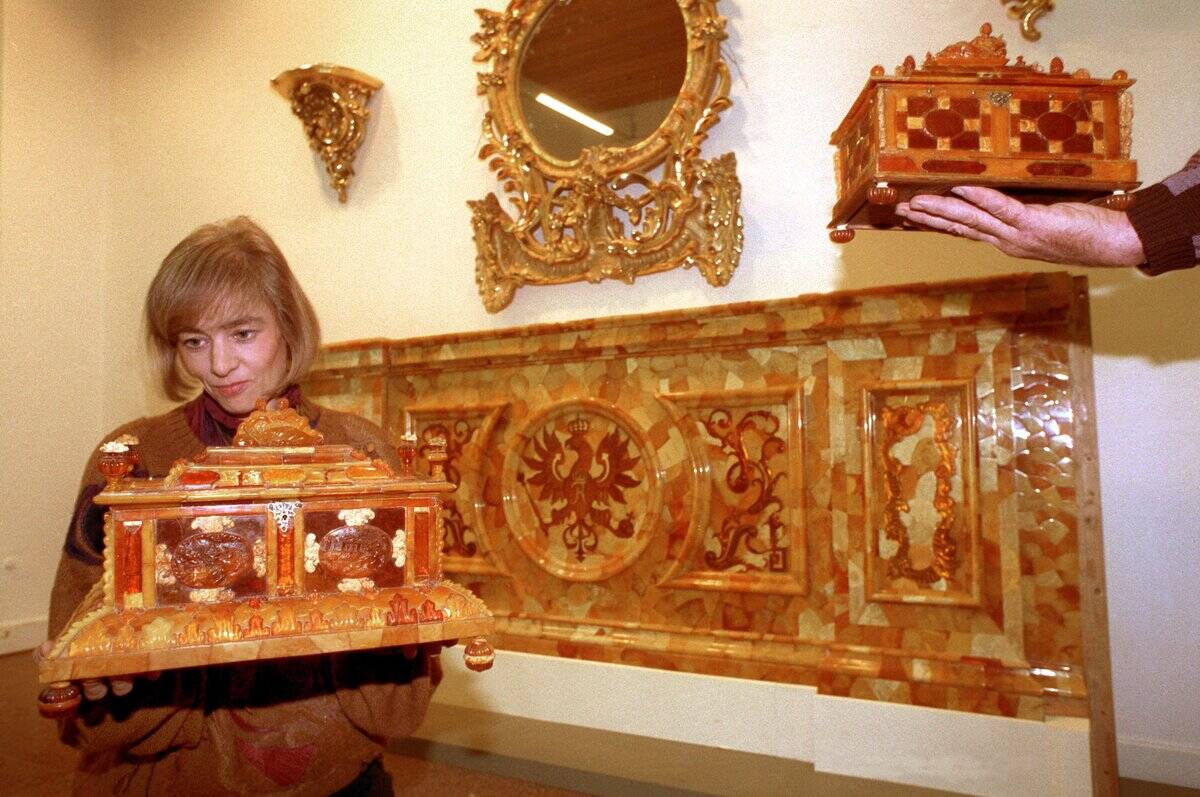
The Amber Room, a stunning chamber of amber panels and gold leaf, was looted by the Nazis during World War II and vanished without a trace. Despite numerous searches, its whereabouts remain a mystery.
Replicas have been created, but the original’s fate is unknown, sparking countless theories and expeditions. The allure of the Amber Room lies in its beauty and the mystery of its disappearance, shrouded in war and intrigue.
The Misplaced Manuscript: The Return of Shakespeare’s First Folio

Shakespeare’s First Folio, published in 1623, is one of the most valuable books in English literature. Out of the original 750 copies, about 235 are known to exist today.
In 2014, a previously unknown copy was discovered in a French library, having been misidentified for years. The find was monumental for literary scholars, offering new insights into Shakespeare’s work and the printing practices of the time, reaffirming the Bard’s timeless influence.
The Lost Fabergé Eggs: Jewels of the Russian Empire
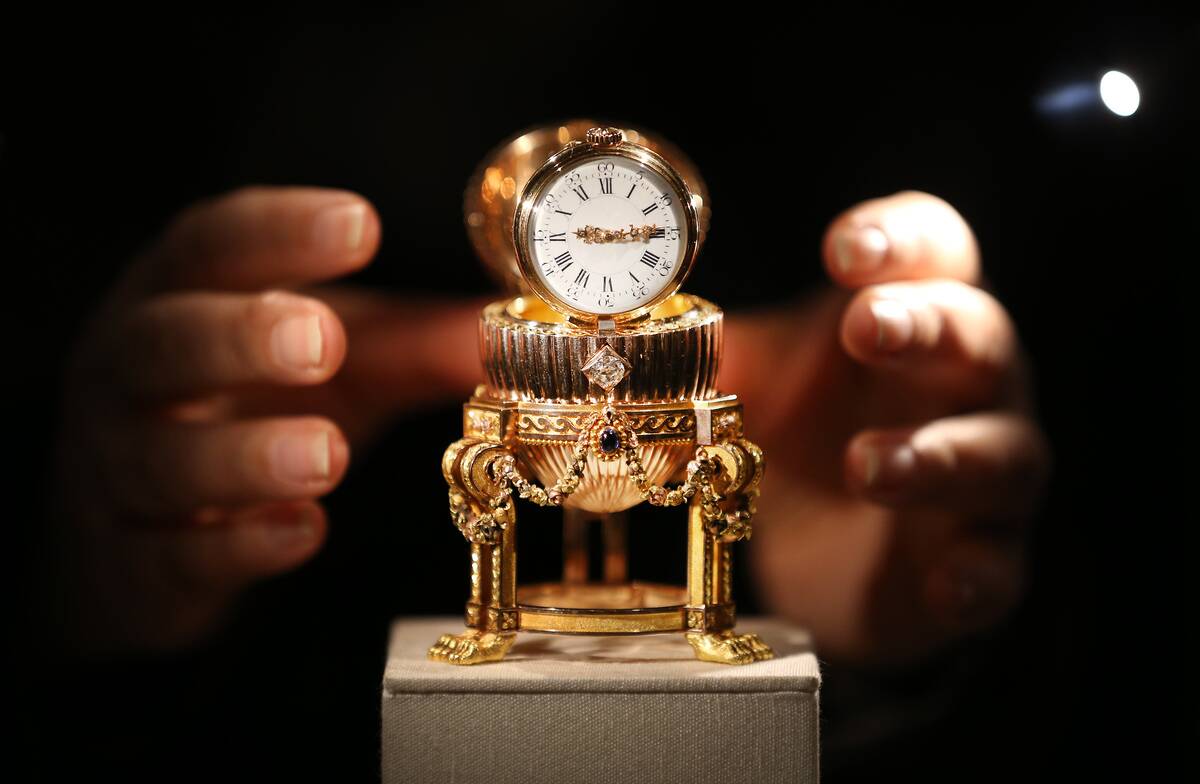
The Fabergé eggs, created for Russian tsars, are masterpieces of jewelry art. Of the 50 Imperial eggs made, seven are still missing.
The Third Imperial Egg was rediscovered in 2012 by a scrap metal dealer who unknowingly bought it for its gold content. These eggs, symbolizing the opulence of the Russian Empire, continue to capture the imagination, each one a unique blend of history, artistry, and mystery.
The Mislaid Masterpiece: Van Gogh’s Sunflowers

Vincent van Gogh’s iconic Sunflowers series is celebrated worldwide, yet one piece was thought lost during World War II. The painting, belonging to a Japanese collector, was destroyed in an air raid in Osaka in 1945.
However, rumors persist of its survival, sparking interest and speculation. Although the painting remains lost, a rare photo of it was discovered in 2013. Sunflowers represent Van Gogh’s vibrant style and emotional depth, making any lost piece a significant cultural loss and a tantalizing mystery for art historians.
The Rediscovery of the Dead Sea Scrolls: Ancient Texts Resurface

The Dead Sea Scrolls, discovered between 1947 and 1956, are a treasure trove of ancient Jewish texts. Some scrolls were never found during initial excavations, but new fragments emerged as recently as 2017.
These texts, dating back over 2,000 years, include biblical manuscripts that provide invaluable insights into the religious and cultural practices of ancient Israel. Their rediscovery continues to shed light on ancient history and religious studies.
The Hidden Hoard: The Staffordshire Gold
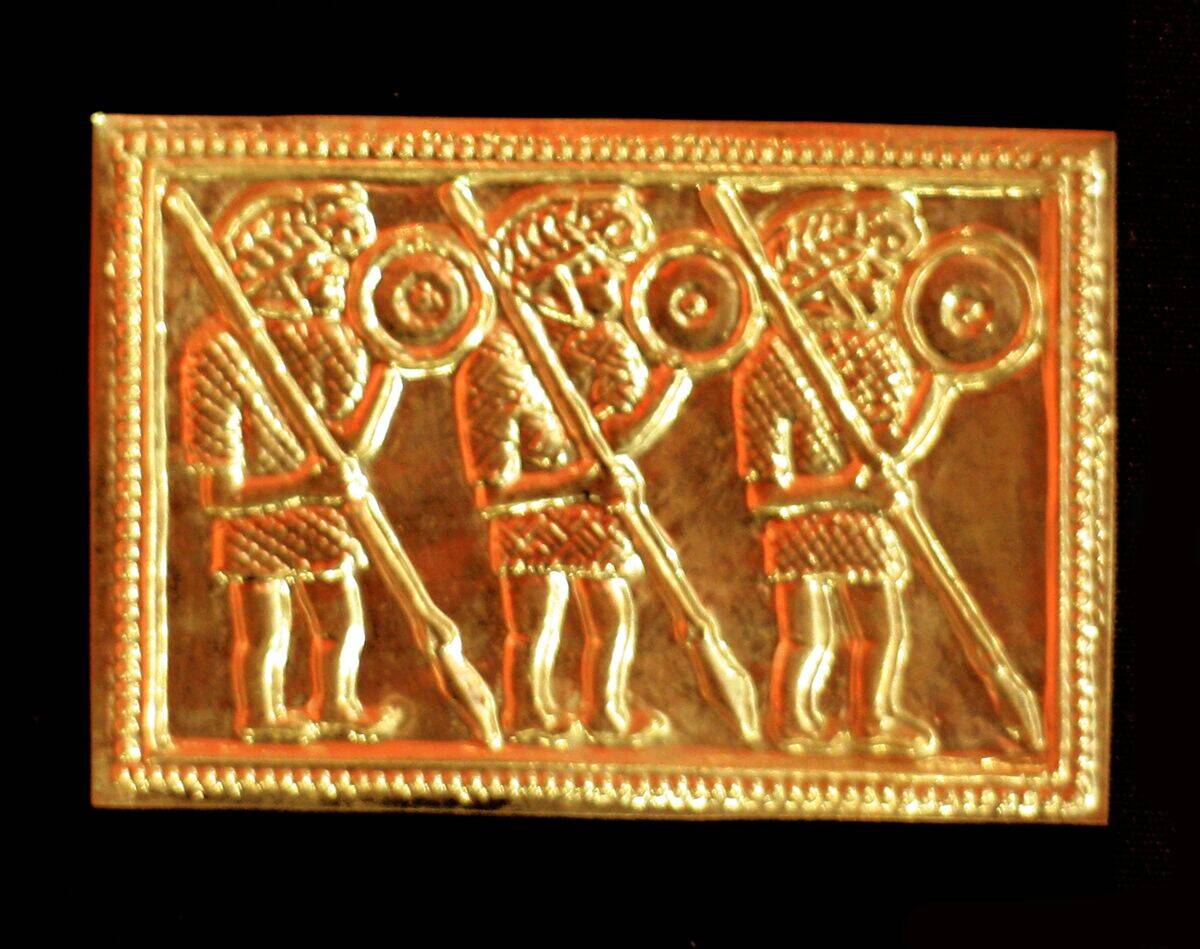
In 2009, a metal detector hobbyist discovered the Staffordshire Hoard, the largest collection of Anglo-Saxon gold and silver ever found. The hoard, comprising over 3,500 items, dates back to the 7th century.
Its discovery has reshaped understanding of the period, revealing the artistic and cultural sophistication of the Anglo-Saxon era. Each piece tells a story of warfare, art, and society, making it one of the most significant archaeological finds in England.
The Long-Lost Library of Ashurbanipal: A Wealth of Knowledge

The Library of Ashurbanipal, created by the Assyrian king in the 7th century BCE, was one of the world’s first great libraries. Many tablets were lost over time, but thousands were rediscovered in the ruins of Nineveh in the mid-19th century.
These cuneiform tablets offer a wealth of knowledge about ancient Mesopotamian culture, history, and literature, including the Epic of Gilgamesh. The library is a testament to the enduring human pursuit of knowledge.
The Search for the Missing Mummy: Pharaoh’s Tomb Reopened

Pharaoh Amenhotep I’s mummy, discovered in 1881, vanished from its tomb, leaving archaeologists puzzled. In 2019, advanced scanning technology revealed its location in the Deir el-Bahari cache.
Amenhotep I’s mummy, still wrapped, offers a pristine glimpse into ancient embalming practices. Its discovery was a triumph for archaeologists, providing fresh insights into the burial customs of Egypt’s 18th dynasty and the reverence held for past pharaohs.
The Forgotten Fab Four Tapes: Beatles’ Lost Recordings

In 1962, the Beatles recorded a failed demo tape for Decca Records, which was subsequently misplaced. Rediscovered in 2025, this tape offers a rare glimpse into the early sound and raw energy of the iconic band.
For Beatles fans, this recording is a treasure trove of unheard material that captures the essence of the band before they became a global phenomenon. The tape adds depth to the story of the Fab Four’s rise to fame.
The Reappearance of the Rosetta Stone: Decoding History
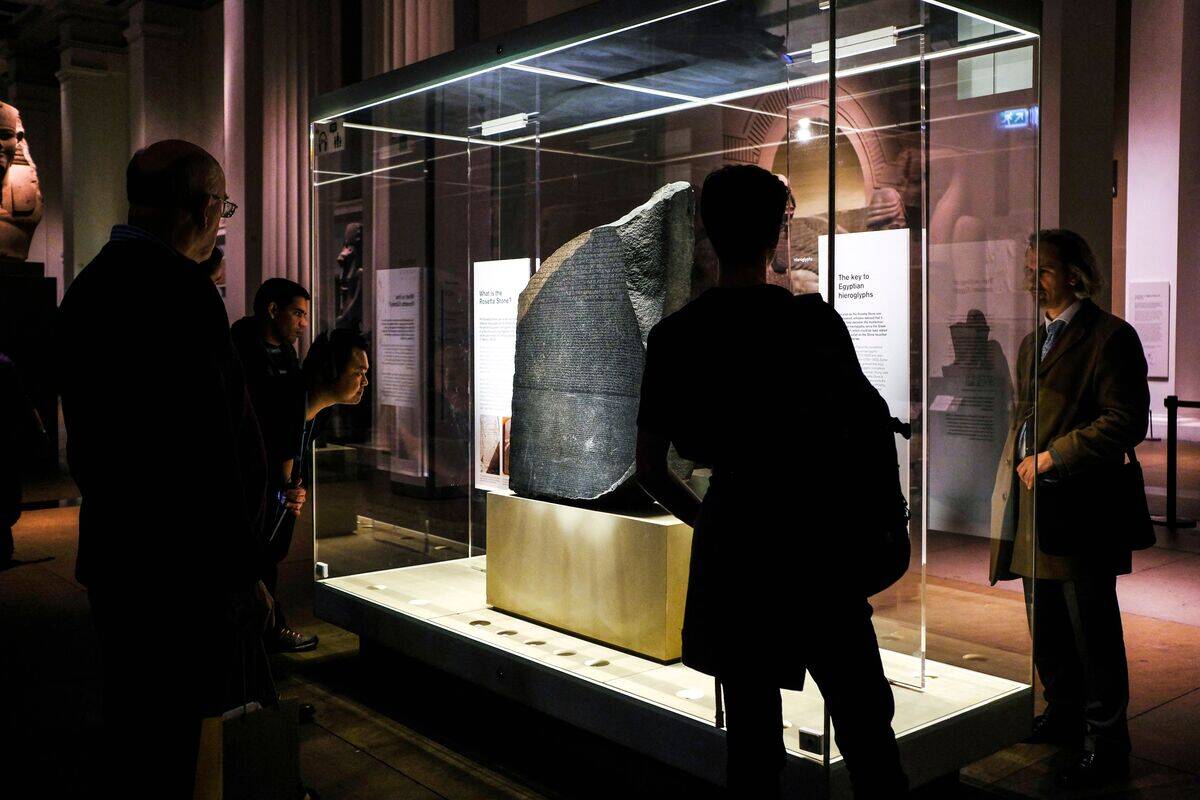
Discovered in 1799 by a French soldier, the Rosetta Stone became the key to deciphering Egyptian hieroglyphs. After being lost to history, its rediscovery allowed scholars to understand ancient Egyptian writing.
The stone, inscribed with the same text in three scripts, including Greek, was crucial for linguists like Jean-François Champollion. Its importance in unlocking the secrets of a lost civilization cannot be overstated, highlighting the power of multilingual understanding.
The Buried City of Pompeii: A Snapshot in Time

Pompeii, buried by Mount Vesuvius in 79 AD, lay hidden for centuries until rediscovered in 1748. Excavations have revealed remarkably preserved buildings, frescoes, and even the imprints of people caught in the eruption.
These findings offer a vivid snapshot of ancient Roman life, from dining habits to social structures. The ongoing excavations continue to surprise archaeologists, providing a deeper understanding of life in this ancient city and the disaster that froze it in time.



